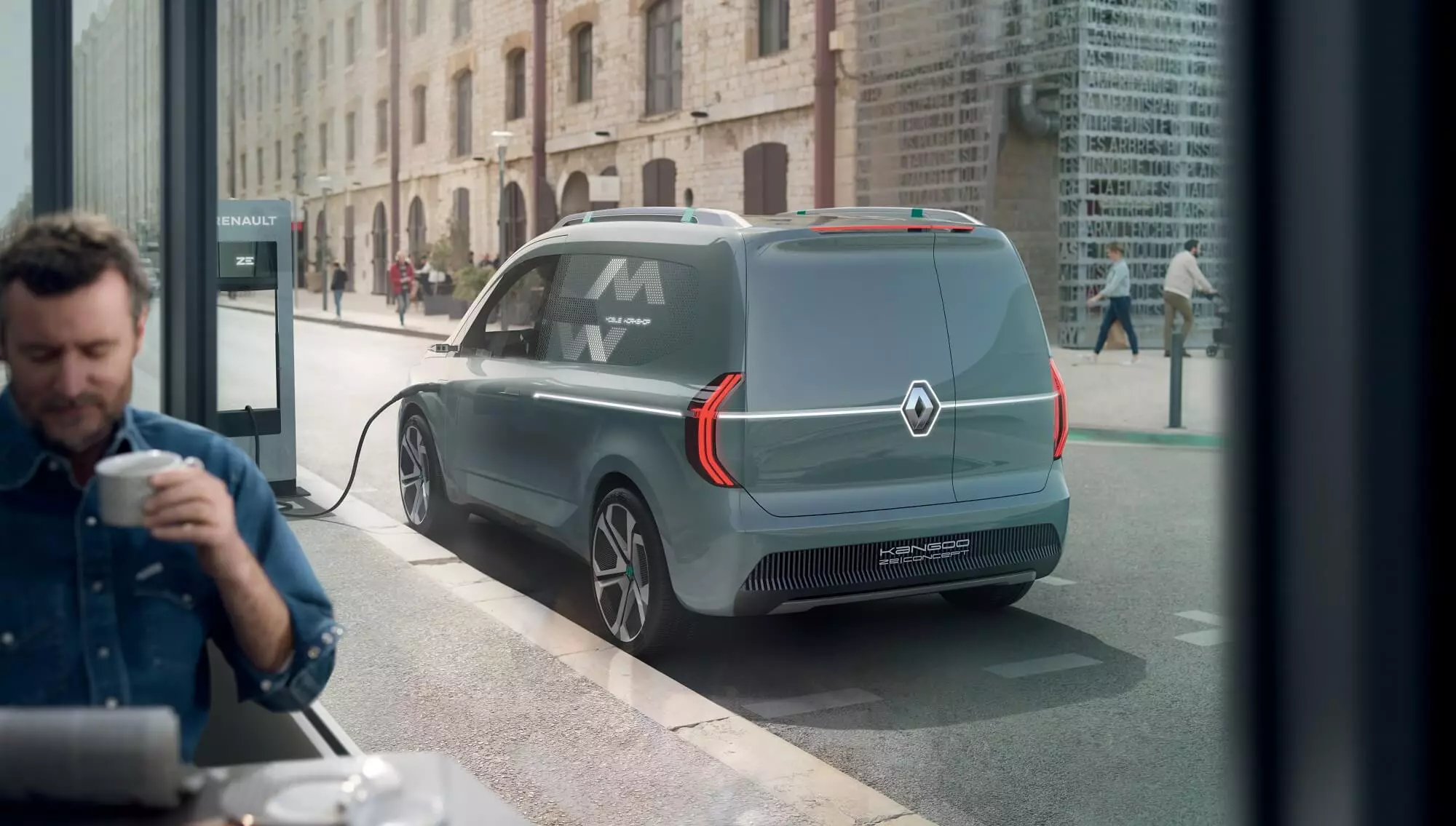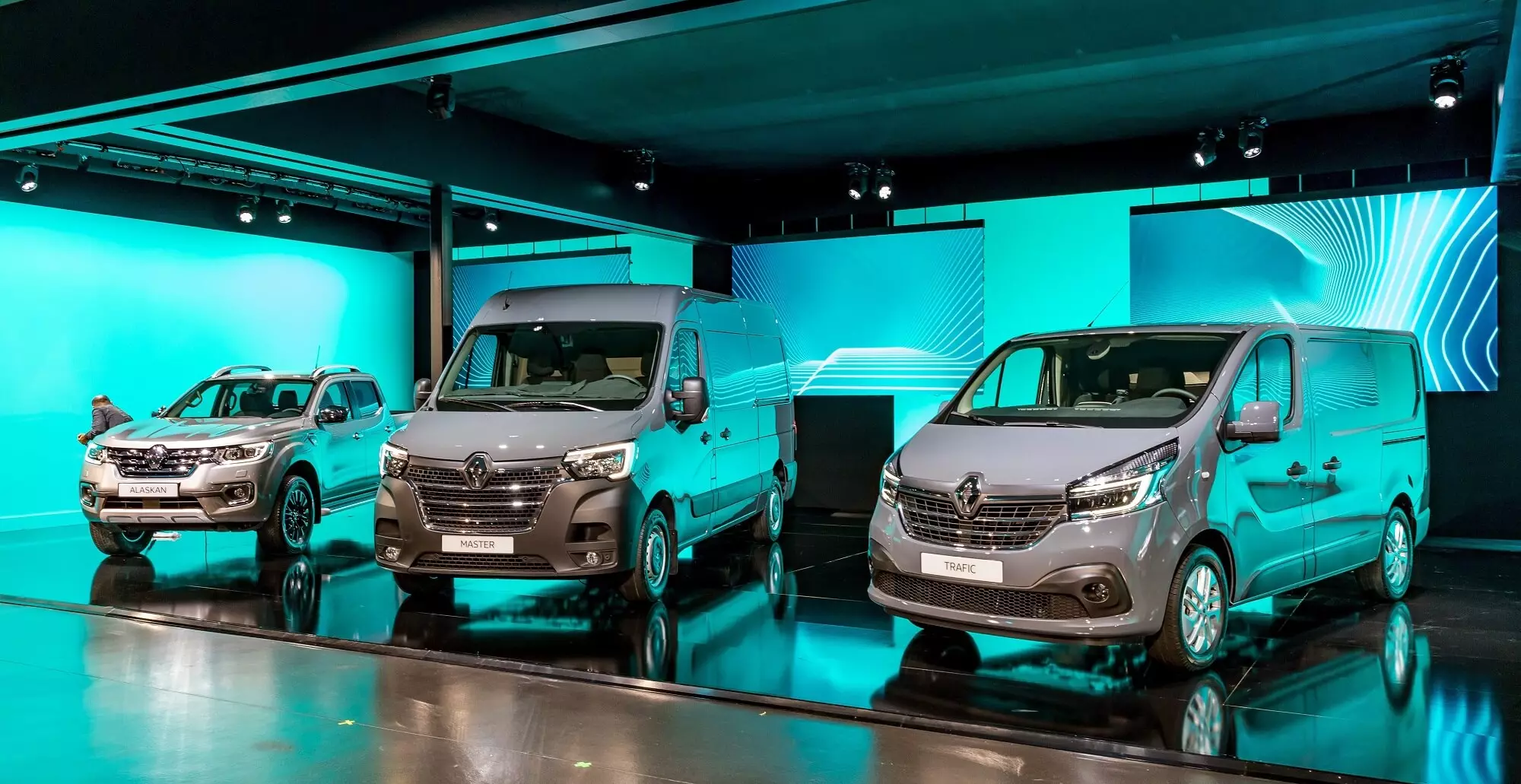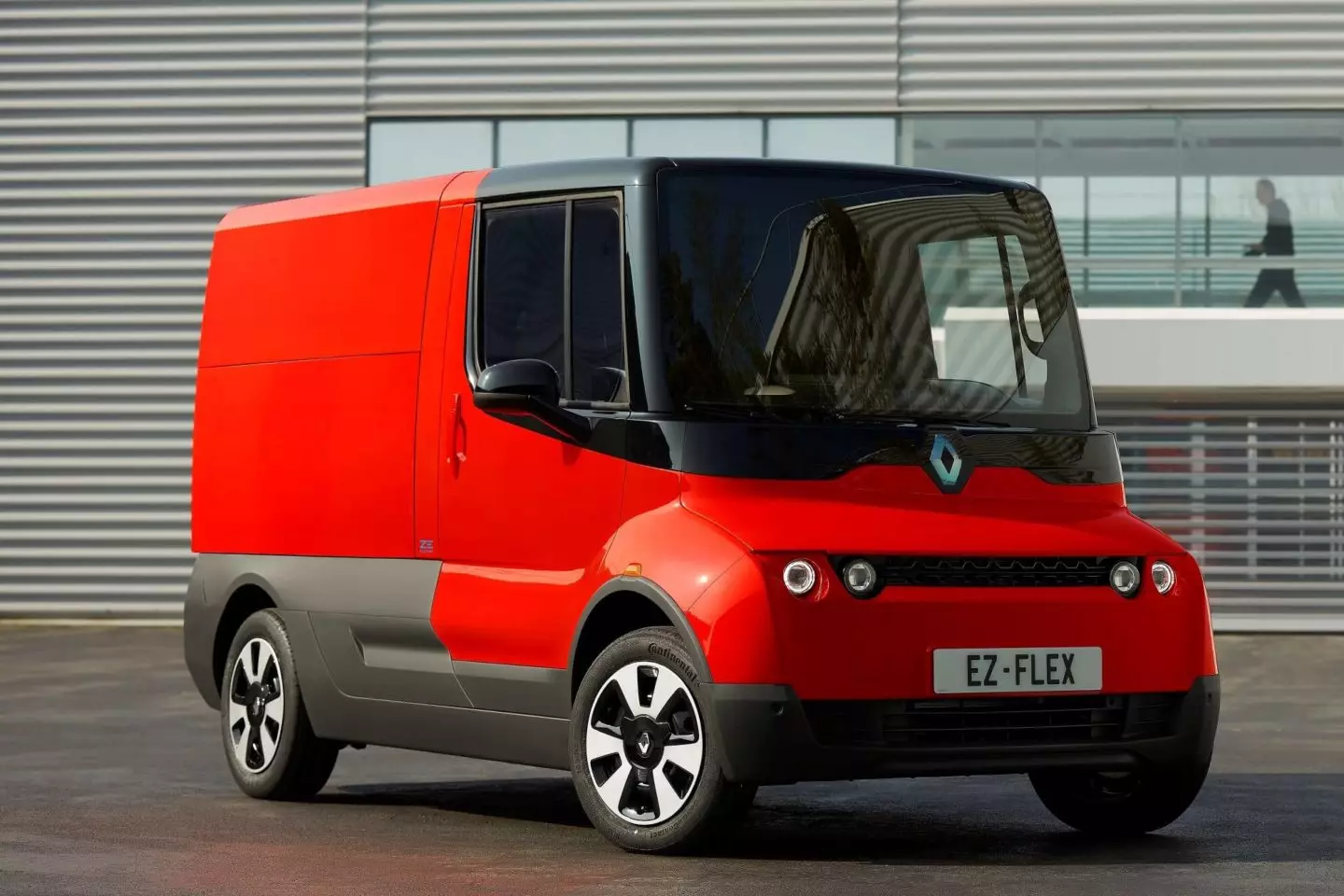Leader in the light commercial vehicle market in Europe, Renault is committed to remaining at the top of the sales chart. Proof of this is the renovation of Master, Trafic and Alaskan, which saw their look renewed and also received an increase in the technological offer.
However, Renault's bet on commercials is not just about restylings and improvements to current models. Therefore, the French brand revealed two prototypes. The first goes by the name of Kangoo Z.E. concept and it is nothing more than an anticipation of the next generation of Kangoo that is scheduled to arrive next year.
Aesthetically, the prototype's approach to the rest of the Renault range is notorious, especially in the front section. As the name implies, Kangoo Z.E. Concept uses an electric powertrain, something that is already available in the current generation of Renault vans.

Renault EZ-FLEX: an experience on the go
Renault's second prototype is called EZ-FLEX and was designed for distribution work in urban areas. Electric, connected and compact (it measures 3.86 m in length, 1.65 m in width and 1.88 m in height), the big news about the EZ-FLEX is the fact that… it will be tested by different professionals across the country. Europe.
Subscribe to our newsletter

Renault's plan is to “lend” a dozen EZ-FLEXes equipped with various sensors to various European companies and municipalities. With these twelve EZ-FLEX's, Renault will collect data relating to distances covered, number of stops, average speed or autonomy.

Intended for distribution in urban areas, the EZ-FLEX offers around 150 km of autonomy.
With an estimated duration of two years, with this experience Renault intends to collect data (and feedback given by users) and then use them in the development of commercial vehicles more adapted to the needs of customers.
